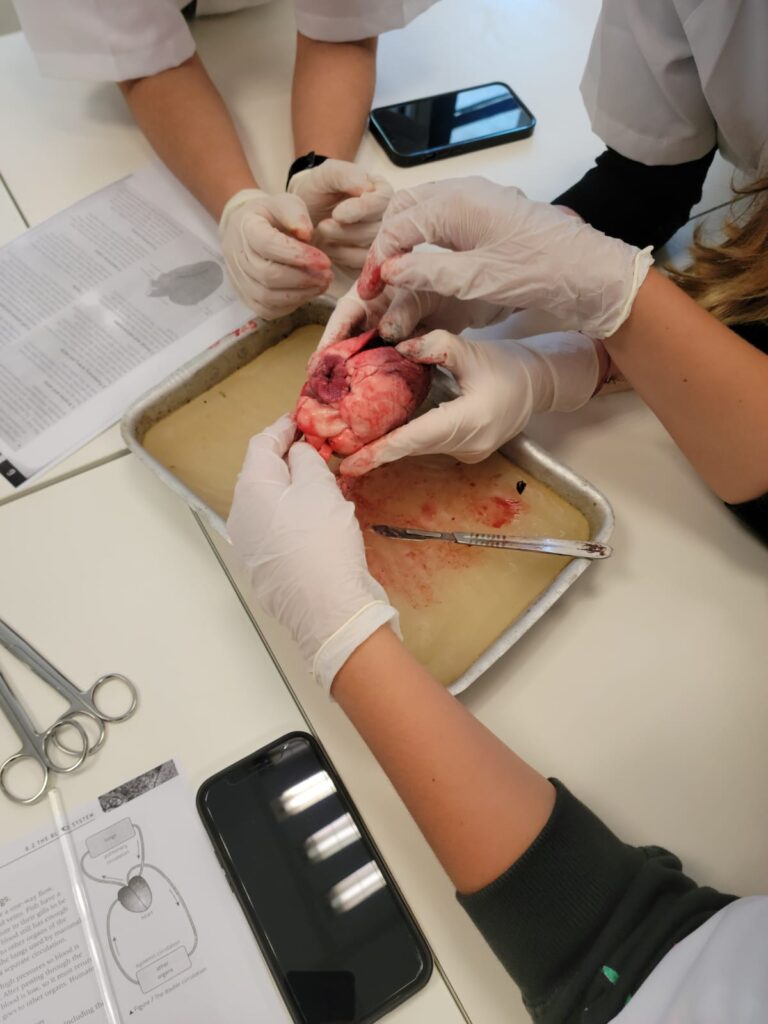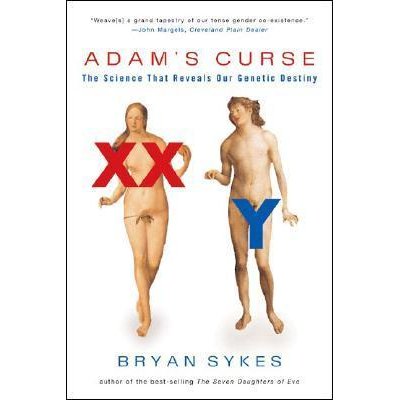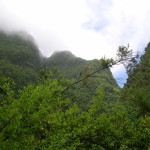
One of my groups of students were engaged this week in the common laboratory of dissecting a sheeps’ heart in class.
One is never sure as a biology professor how students will feel about these sorts of labs, I can recall groups where half the class was sat outside by the time the first vertical incision was made through the wall of the left ventricle, dizzy and nauseated by the instinctive and very understandable corporal reaction to fresh blood and viscera.
Not this time. By the time I had checked that everyone was wearing the required latex gloves and lab coats, and that the lab benches were sterilised, a sanctimonious hush had descended over the biology lab. Earnest students discussed the instructions in hushed tones, the tools for dissection laid out in neat rows, exactly in the manner of a surgeon.
That’s when it hit me. Many of my students in this group had already made the decision to commit their lives to the field of medicine, and their was an air of barely controlled academic fervor as they carefully examined the organ that had been the subject of a whole week of lectures.
What followed was not an ordinary dissection lab. So many questions were fired at me by each group of students, I was soon part of each team, sat at a bench and pointing out the complexities presented by the twisting tubes and hidden valves. Soon my gloves were coated in blood, and I could no longer grade their assignment. Abandoning my pens, I took to using a bloody thumbprint to affirming their progress on each section of the detailed protocol.
Pride shone in the eyes of students who had successfully decoded the maze of blood vessels emerging together from the top of the heart. Wonder and smiles at the exposure of the tendons holding the atrioventricular valves, the real ‘heart strings’. An air of competition and palpable ambition as the groups sought the tiny entrance of the vital coronary artery, leading from the aorta in a most hidden place and named for its crucial role in keeping the heart alive.
A round of applause shook the room as the each group completed the assignment, students cheering for each other. I could see from the way they looked at each other that they imagined themselves as future colleagues. One student could not be parted from her dissection protocol, marked by my bloody thumbprints to show the success of completing all the steps with neat precision and massive team spirit. In the end I had to wrap it in plastic and let her take it home to her mother, a qualified doctor who is waiting for her daughter to join her one day soon in the family profession.
I found myself smiling at nothing at all as the room was finally empty. It is one of the true joys of the profession of education to encounter true passion for their subject, and to feel like you have made a modest contribution in helping a young person along the often challenging road to achieving their dreams.





